Strawberries are one of the most rewarding fruits you can grow at home. Their sweet, juicy berries, vibrant greenery, and delicate white flowers make them a charming addition to any garden, patio, or balcony. Whether you’re a beginner or a seasoned gardener, knowing how to care for strawberry plants effectively ensures you’ll enjoy bountiful harvests year after year.
In this guide, we’ll walk you through everything you need to know to keep your strawberry plants thriving — from choosing the right varieties to mastering watering techniques, soil preparation, pest management, and harvesting. Let’s dive in!
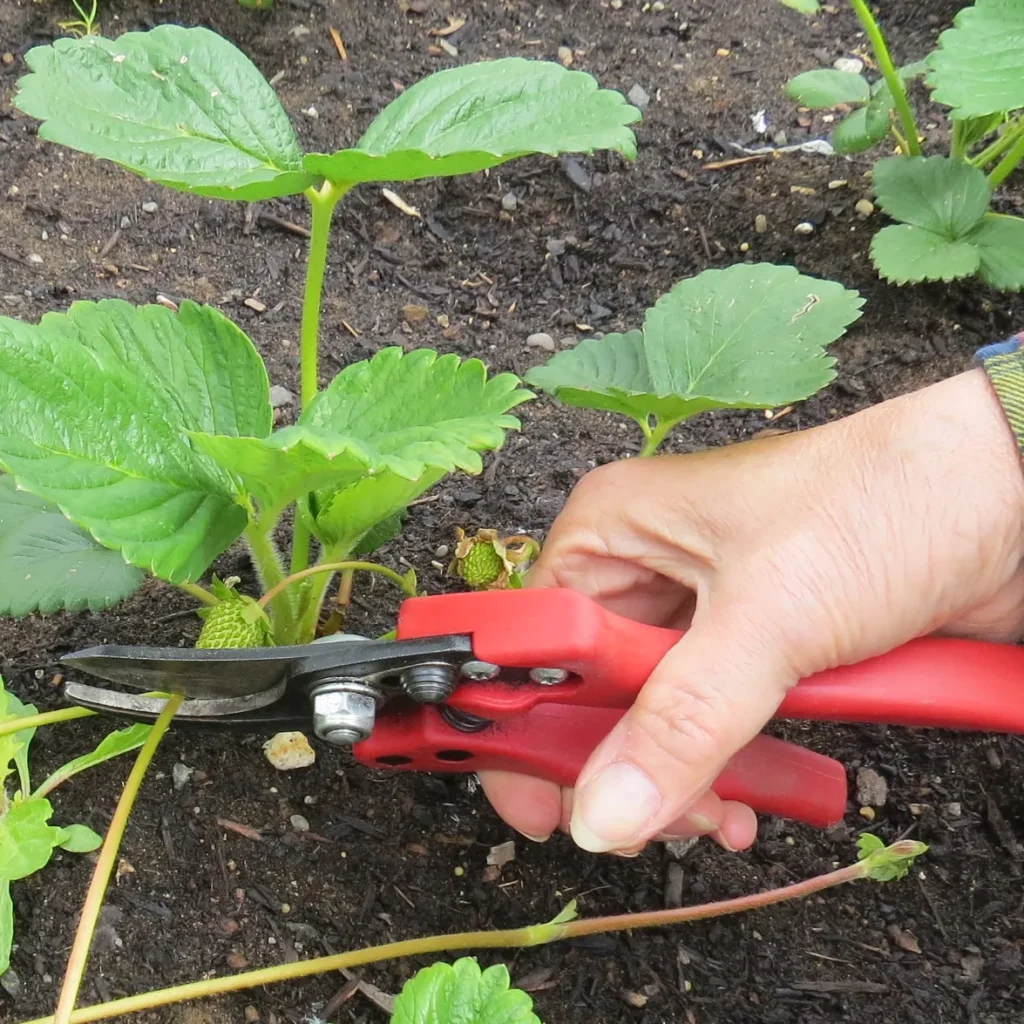
Why Grow Strawberries at Home?
Before we get into the care tips, let’s talk about why strawberries deserve a spot in your garden:
- Freshness: Homegrown strawberries are often sweeter and juicier than store-bought ones.
- Pesticide Control: You decide what goes into your soil and on your plants.
- Cost-Effective: Once established, strawberry plants can produce for several years.
- Compact Growth: Ideal for small spaces, containers, hanging baskets, or raised beds.
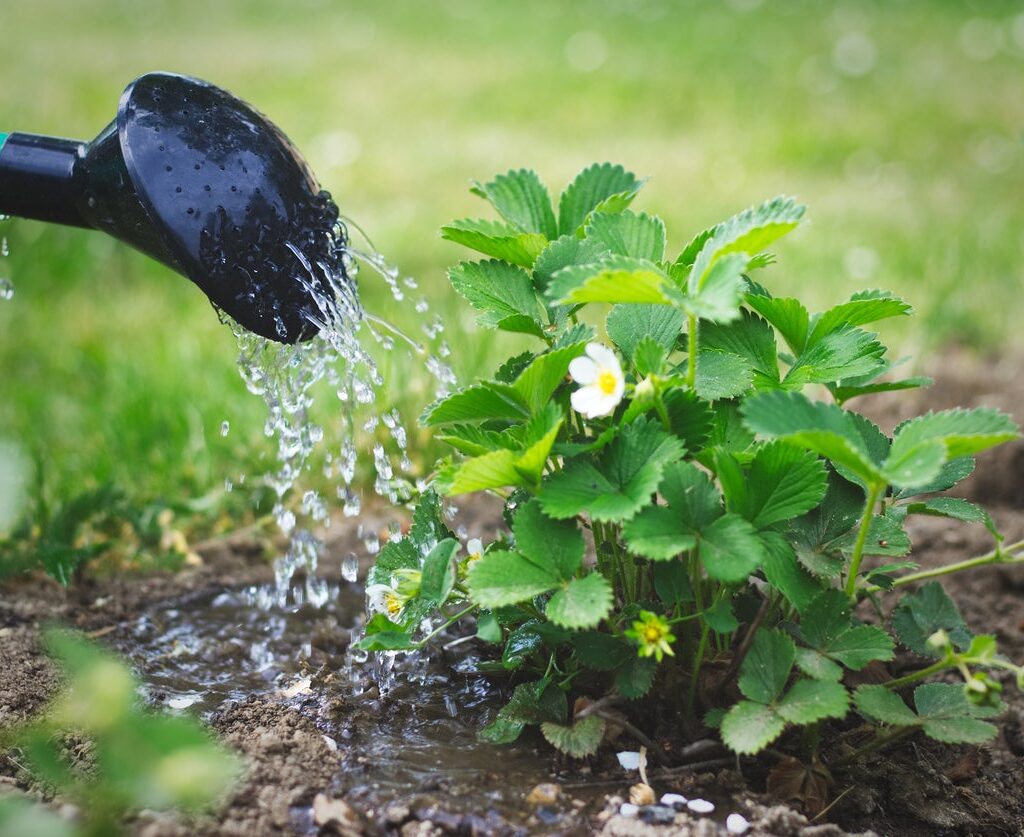
Types of Strawberries You Can Grow
Understanding the type of strawberry plant you’re dealing with will influence how you care for them:
- June-Bearing: Produce a single large harvest in early summer. Popular for jams and freezing.
- Everbearing: Yield two to three harvests per season — in spring, summer, and fall.
- Day-Neutral: Fruit continuously through the growing season, as long as temperatures stay between 35°F–85°F (1.5°C–29°C).
When selecting your plants, choose disease-resistant varieties suited to your region’s climate.
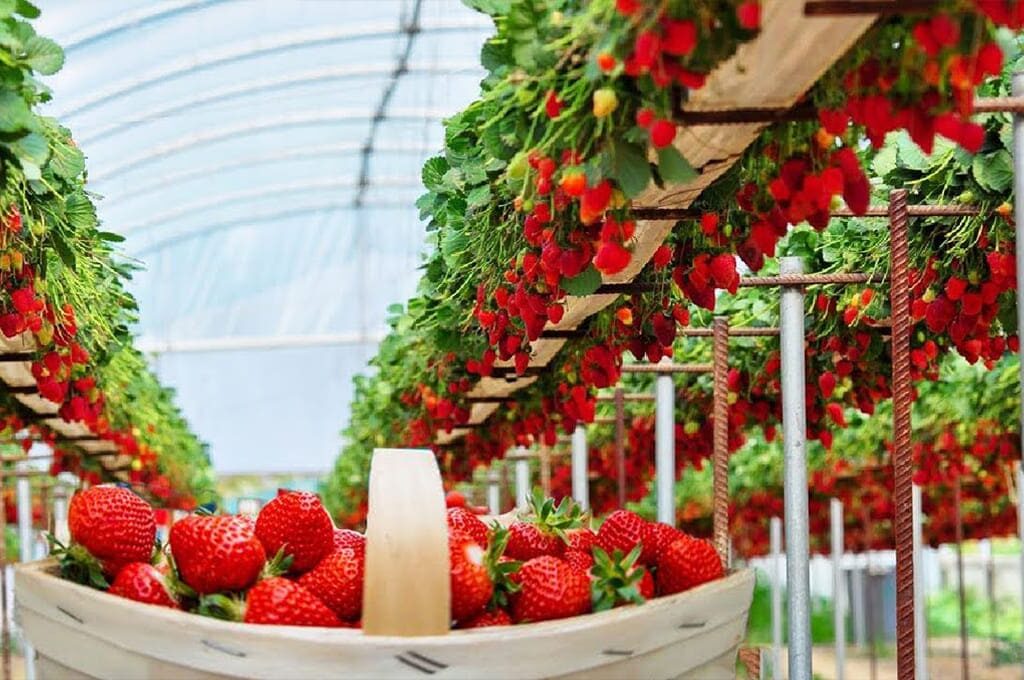
Choosing the Right Spot
Strawberry plants thrive in areas with full sun exposure — at least 6-8 hours of sunlight daily. The more sun, the better your harvest.
Ideal locations:
- Garden beds with good drainage
- Raised beds
- Hanging baskets
- Containers on balconies or patios
Avoid spots where tomatoes, peppers, or eggplants have grown in the past 3 years to reduce the risk of soil-borne diseases.
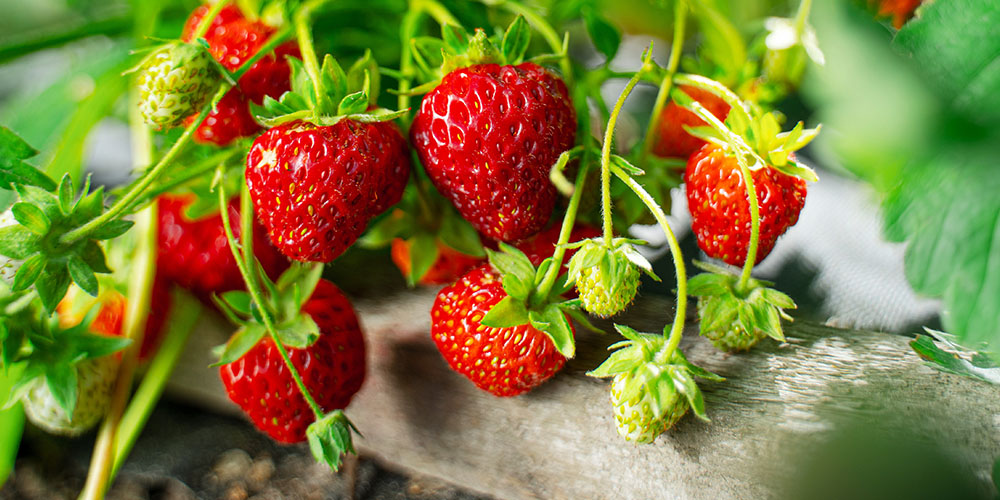
Preparing the Soil
Strawberries prefer well-draining, slightly acidic soil with a pH between 5.5 and 6.8. Enrich the soil by mixing in organic matter like compost or well-rotted manure before planting.
Pro tip: Avoid overly rich nitrogen fertilizers as they encourage leaf growth over fruit production.
Soil checklist:
- Loose and airy texture
- Rich in organic material
- Slightly acidic
- Well-draining but moisture-retentive
Planting Your Strawberries
Timing is crucial. Plant your strawberries in early spring as soon as the soil can be worked, or in fall for mild-winter regions.
How to plant:
- Space plants 12-18 inches apart in rows about 3-4 feet apart.
- Dig a hole wide enough to spread out the roots.
- Place the plant so the crown (where leaves meet roots) sits at soil level.
- Cover the roots and firm the soil around them.
- Water thoroughly.
For containers, ensure the pot has good drainage holes and use a high-quality potting mix enriched with organic compost.
Watering Tips
Consistent moisture is essential for healthy, juicy strawberries. However, overwatering can lead to root rot.
Watering guidelines:
- Water deeply once or twice a week.
- Keep soil evenly moist, not soggy.
- Avoid wetting the leaves to reduce the risk of fungal diseases.
- Use a soaker hose or drip irrigation for efficient watering.
In hot weather, you may need to water more frequently, especially for container-grown plants.
Feeding and Fertilizing
Strawberry plants benefit from light feeding throughout the growing season.
Fertilizer tips:
- Apply a balanced organic fertilizer (10-10-10) after planting.
- Side-dress with compost or a slow-release fertilizer every 4-6 weeks.
- Stop fertilizing about a month before your expected harvest to avoid overly soft fruit.
Note: Over-fertilizing leads to lush leaves and fewer berries.
Mulching for Healthier Plants
Mulch is a strawberry plant’s best friend. It conserves soil moisture, keeps weeds at bay, and prevents fruit from sitting directly on the soil (reducing rot).
Best mulches:
- Straw (not hay, which can introduce weeds)
- Pine needles
- Shredded leaves
- Wood chips (for pathways, not directly under the plants)
Apply a 2-3 inch layer around the plants, keeping it away from the crown.
Managing Pests and Diseases
Like any garden plant, strawberries can face pest and disease challenges. Early detection and organic control methods are key.
Common strawberry pests:
- Aphids
- Slugs and snails
- Spider mites
- Strawberry root weevils
Organic control methods:
- Handpick slugs and snails in the evening.
- Use neem oil or insecticidal soap for aphids.
- Introduce beneficial insects like ladybugs.
Common diseases:
- Gray mold (Botrytis)
- Powdery mildew
- Verticillium wilt
Prevention tips:
- Water early in the day so foliage dries before evening.
- Space plants for good air circulation.
- Remove and destroy infected plants promptly.
Pruning and Runner Management
Strawberries produce runners (long stems with new baby plants) throughout the season.
Why manage runners?
- They consume the parent plant’s energy, reducing fruit yield.
How to handle runners:
- Pinch off runners if you want to maximize this year’s harvest.
- Allow a few to root if you’re expanding your strawberry patch.
After harvest care:
- Remove old, dead leaves.
- Thin overcrowded plants.
- Apply fresh mulch for winter protection.
Harvesting Strawberries
Patience pays off with strawberries. Pick the berries when they’re fully red and ripe — they won’t ripen after being picked.
Harvesting tips:
- Check plants daily during peak season.
- Pick with the green cap attached.
- Harvest in the morning when fruits are cool.
- Store unwashed in the refrigerator for up to 3 days.
For best flavor, eat freshly picked strawberries within a few hours.
Winter Care for Strawberry Plants
In colder climates, strawberries need protection during winter.
Winterizing tips:
- After the first hard frost, cut back foliage to 1 inch.
- Cover plants with 3-4 inches of straw or pine needles.
- Remove the mulch in early spring as growth resumes.
Container-grown plants should be moved to an unheated garage or covered with insulating material.
Final Thoughts
Caring for strawberry plants effectively is a mix of patience, attentiveness, and timely intervention. With proper sunlight, soil preparation, watering, feeding, and pest control, you’ll be rewarded with baskets of juicy, sun-ripened strawberries.
Whether grown in garden beds, raised planters, or hanging pots, strawberries are a joy to cultivate and even more delightful to eat. Follow these tips and watch your plants flourish season after season!

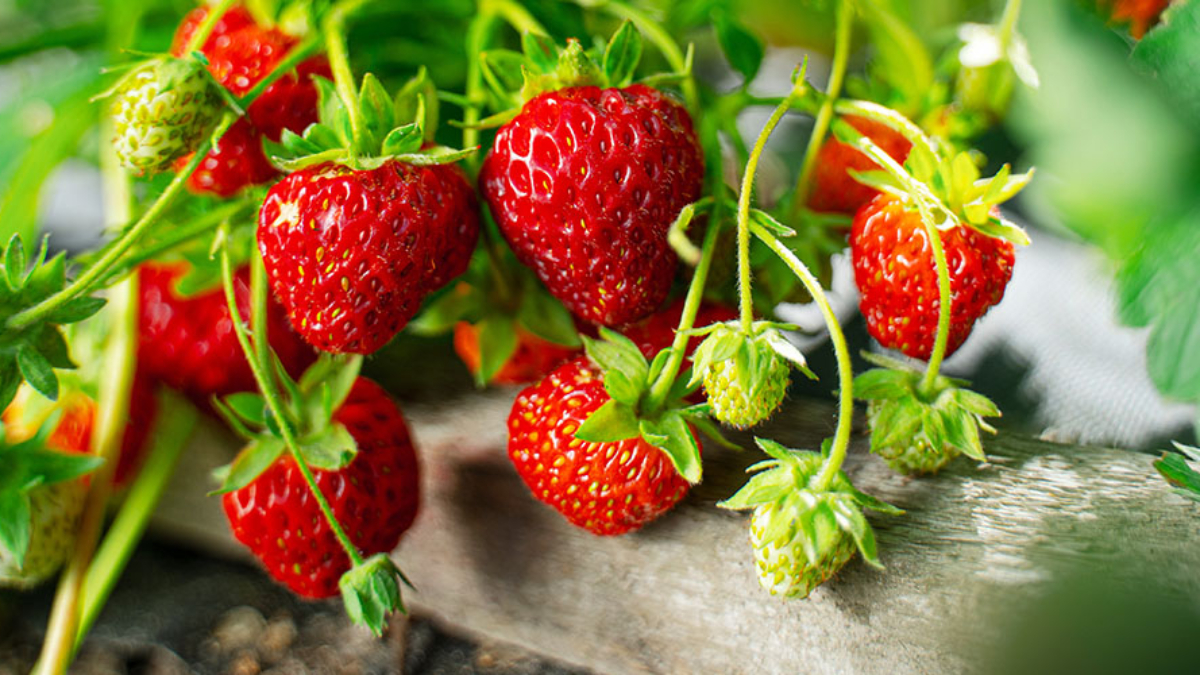




Leave A Comment